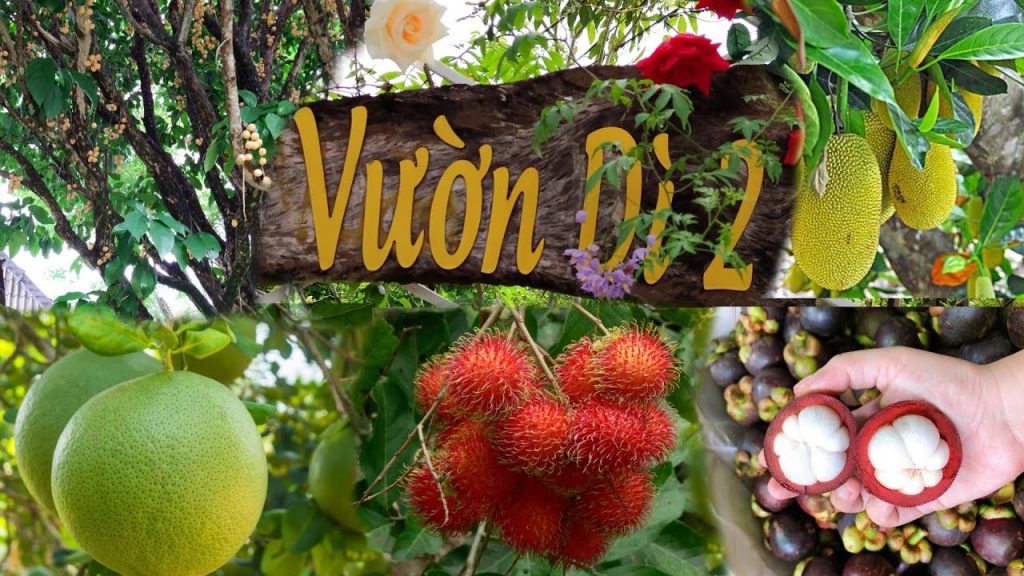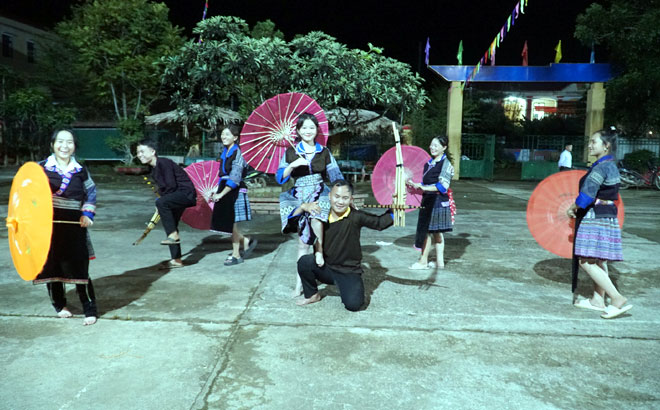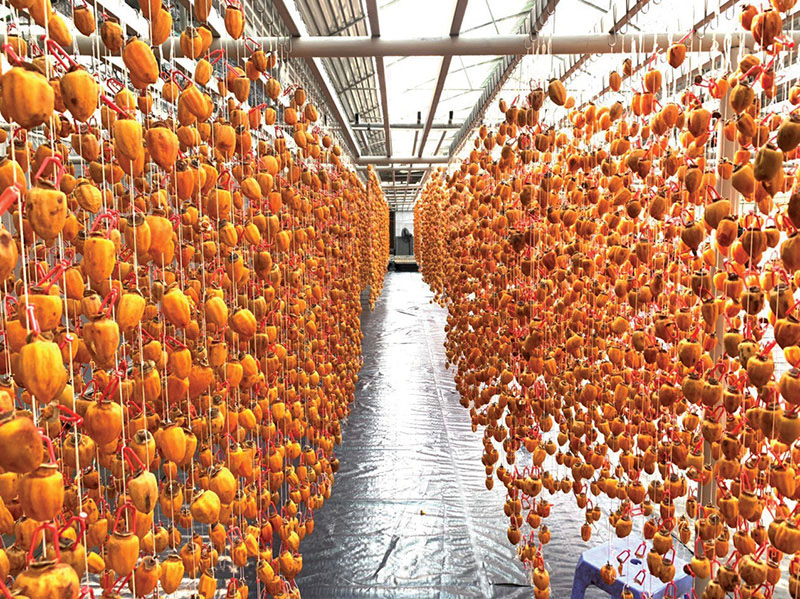(TITC) – When people think of Hue, the poetic Perfume River, ancient communal houses, and graceful purple ao dai often come to mind. Yet another enduring image closely tied to the ancient capital is the Hue conical hat – a symbol of the gentleness and charm of Hue women.
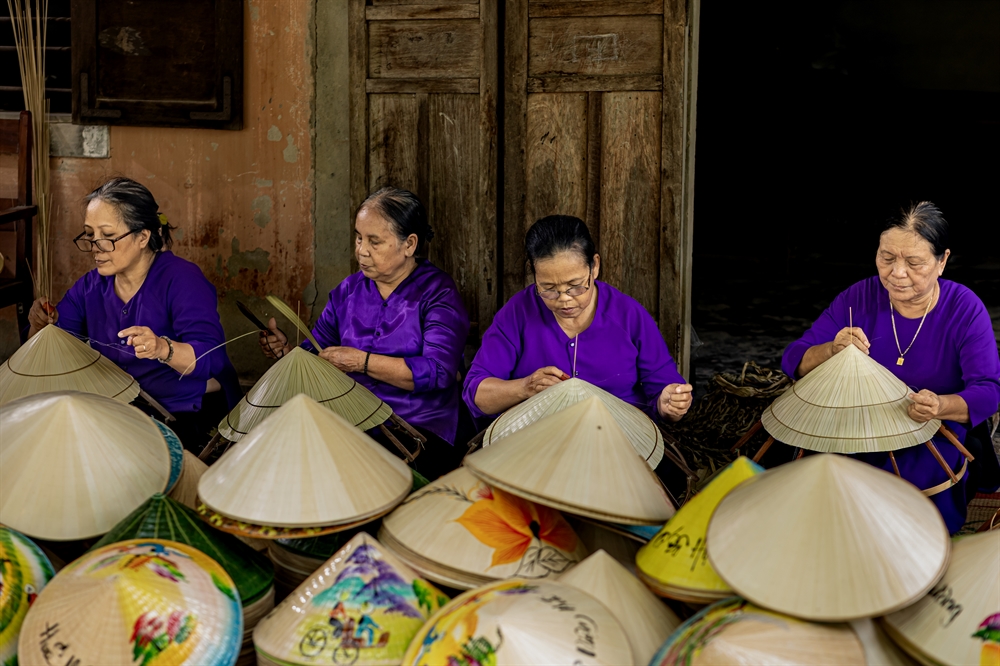
Unlike conical hats from other regions, those of Hue are distinctive with their slim shape, moderately sized brim, and neat cone, creating a soft and elegant appearance. When paired with the purple ao dai, the conical hat becomes more than protection from sun and rain – it transforms into a cultural emblem, inspiring poetry, music, and painting that evoke Hue’s dreamy, romantic atmosphere.
A Meticulous Craft
Creating a seemingly simple hat that anyone can use is far from easy. It requires about 15 detailed steps: collecting palm leaves in the forest, drying and ironing them, carefully selecting each leaf, choosing frames, bending the brim, layering leaves, sewing, trimming, cracking the brim, cutting threads, and finally polishing and preserving the product. Each stage demands patience, precision, skillful hands, and above all, a deep love for the craft.
The process can take several days, even for experienced artisans, because the leaves must be handled delicately to ensure durability and the cone must remain symmetrical. For many families, hat-making is more than just a livelihood; it is an inherited craft, nurtured with pride and passed from generation to generation.
The Cradle of Conical Hats
Hue is home to many well-known hat-making villages such as Tay Ho (Phu Ho, Phu Vang), Da Le, Phu Cam, and Trieu Tay. Among them, Tay Ho is considered the cradle of Hue conical hats, where hundreds of households have practiced the craft for centuries. Hat-making here is not only a profession but also a way of life, deeply rooted in the cultural identity of the community.
The Unique Poem Hat
What sets Hue’s conical hat apart is the poem hat (nón bài thơ). Hidden beneath the thin layer of palm leaves are delicate images and verses depicting the Perfume River, Truong Tien Bridge, or Ngu Binh Mountain. When held against the light, these motifs and poems shimmer through, turning the hat into a work of art imbued with the soul of Hue’s countryside. The poem hat elevates the conical hat from a daily necessity to a cultural treasure, embodying both utility and artistry.
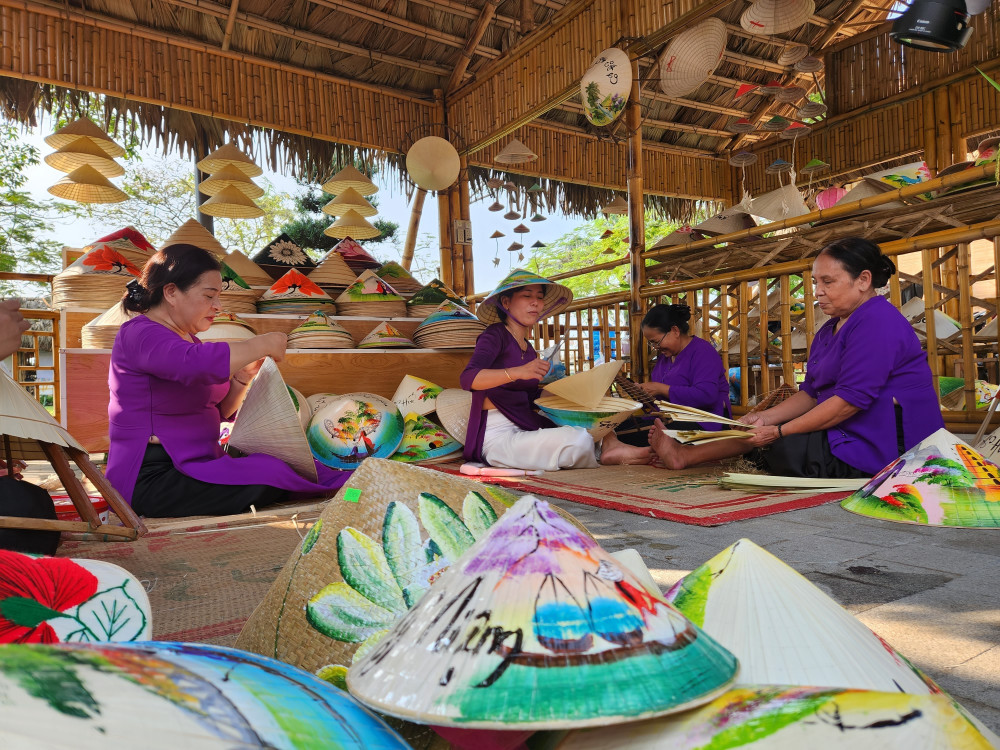
A Cultural and Tourist Attraction
Today, conical hat villages have become attractive destinations for both domestic and international tourists. Visitors can watch each meticulous step of the process – from leaf selection and frame weaving to brim sewing – and even try making a hat themselves under the guidance of artisans. This interactive experience offers special excitement and a deeper appreciation for the value of labor, artistry, and cultural preservation.
For many travelers, Hue conical hats also make meaningful souvenirs. A poem hat is not just a practical accessory but also a keepsake that carries the essence of Hue’s culture and people. Some workshops even personalize hats with names, poems, or decorative motifs, creating unique gifts for visitors.
Preserving the Craft in Modern Times
In the modern era, the traditional craft faces challenges as demand for conical hats declines. Yet thanks to the efforts of local authorities, dedicated artisans, and cultural promotion activities – especially through the Hue Festival – the image of the conical hat continues to be celebrated and preserved. Some establishments combine production with artistic performances, music, and fashion shows, making the conical hat not only a product but also a cultural performance.
An Eternal Symbol of Hue
The Hue conical hat is more than a handicraft product – it is a cultural symbol, holding the aesthetic and spiritual values of Hue’s people. Amid the pace of modern life, the image of a Hue girl in a flowing purple ao dai, tilting the brim of her conical hat, remains an eternal icon of Vietnamese beauty.
Tourism Information Technology Center

